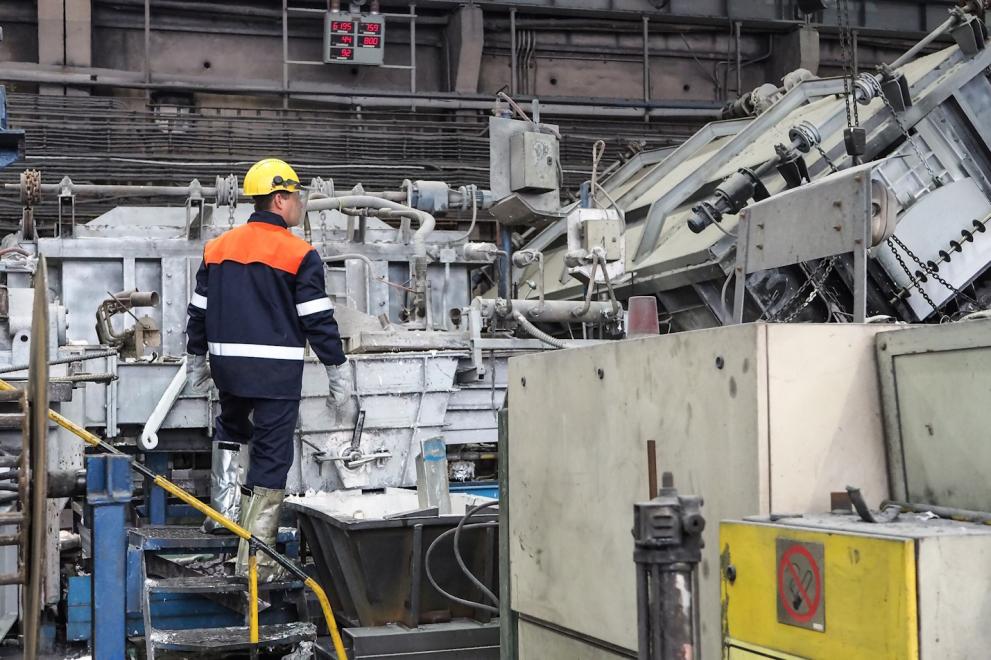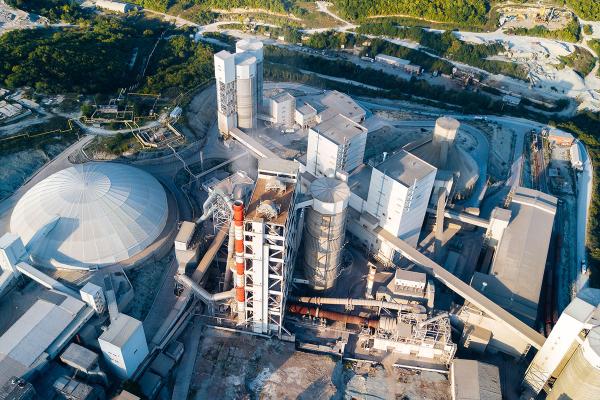
A new report released by the European Commission’s Joint Research Centre (JRC) confirmed industrial carbon management (ICM) as a range of promising technologies for mitigating CO2 emissions, in particular in energy-intensive industries such as the aluminium industry. Some adjustments will be required to tailor the process to the specific sector.
Aluminium is an essential material to manufacture many products, from cars to healthcare and aerospace components. To produce it more responsibly, it is key to find ways to decarbonise the production process. We will need to make use of the full range of low carbon technologies.
Decarbonising the aluminium sector is challenging mostly because the production of alumina, the main ingredient in aluminium, is energy-intensive (the primary aluminium industry emitted 2.75 million tonnes of CO2 in 2022 in the EU, equivalent to 9.4 million newly registered passenger cars in the EU in 2022 driving 2,705 km each). Therefore, reducing its emissions is essential for the industry to contribute to the EU’s 2030 and 2050 decarbonisation targets.
The JRC’s report assesses four decarbonisation options (inert anodes, hydrogen, electrification and ICM) and concludes that ICM is among the technologies at hand with the largest potential to mitigate emissions in this sector.
What is ICM?
ICM is a set of technologies that capture CO2 from industrial operations or energy production plants and safely transport and store it underground (carbon capture and storage - CCS). The CO2 can also be utilised as input for creating other products, such as chemicals and materials (carbon capture and utilisation - CCU). Finally, the CO2 can be removed from the atmosphere, where permanent storage involves biogenic or atmospheric CO2.
In the US, ICM has mostly been used in the oil and gas industry as a way to obtain a CO2 stream for enhanced oil recovery (EOR – a process where CO2 is pumped into an oilfield in order to enhance the oil recovery). However, there has been an increasing focus on applying ICM as a climate-mitigation tool for managing and storing carbon emissions to support the decarbonisation of heavy industries, such as the aluminium one.
In the aluminium sector, ICM could be one of the feasible decarbonisation solutions, especially for facilities that: have access to cost-effective fossil fuels, lack access to affordable renewable energy sources, are still operational, have long decommissioning horizons, and have available CO2 transport and storage infrastructure.
ICM application in the aluminium sector
ICM technology in primary aluminium production can be first used in the fossil fuel-based alumina refining process, followed by the smelting process, where emissions stem from carbon anode consumption. To date, the most advanced technology uses a solvent to absorb CO2 emissions from flue gas (the exhaust gas of combustion at power plants).
The captured CO2 can then be transported through pipelines, ships, trains, and trucks. While this practice is well established in the oil and gas sector, especially in the US, in a European context the aluminium industry would have to join forces with other industries emitting significant CO2 volumes. The CO2 emissions from the aluminium industry in the EU are around 30 and 100 times smaller than in the cement and steel industry, respectively.
Finally, the transported CO2 is injected deep underground into porous rock layers, typically in deep saline formations or depleted oil and gas reservoirs, with an impermeable layer to prevent leakages. This is a tried-and-tested method, both from the oil and gas industry but also in the Sleipner and Snøhvit CCS projects in Norway that have been operational for almost 30 years.
Main barriers
One of the main barriers to the widespread implementation of ICM is the high initial investment required, as well as the high operating cost. This could potentially be minimized or offset if the captured carbon is integrated into a value chain that generates revenue or through mechanisms such as the EU Emissions Trading System (ETS), which sets the CO2 price.
The cost of capturing carbon varies greatly depending on the concentration of CO2 at the emission source and the technology used to capture it. It can range from approximately €15 per tonne of CO2 for high-concentration emissions to over €100 per tonne for low-concentration sources.
In aluminium smelters, where the CO2 concentration is relatively low (around 1-1.5%), the cost of carbon capture is high. To reduce this cost, smelters may need to implement measures such as redesigning electrolytic pots to prevent carbon emissions and compressing flue gas before capture, although this also requires investments. In alumina refineries, CO2 concentration in flue gas is higher, thus implementing carbon capture would in principle be economically more favourable.
Alternative decarbonisation technologies
Inert anodes could replace carbon anodes, eliminating the need to use carbon as a reductant, and thus, practically eliminating almost all emissions from the smelting process and at the same time increasing smelters’ efficiency by 25%. This is why they are considered potential game-changers in the aluminium production.
Hydrogen can also be used to offset emissions from fuel burning in high-temperature processes. However, in order to be an effective decarbonisation option, it should be produced from renewable energy sources.
The electrification of low and mid-temperature applications is also viable, but its cost-effectiveness is dependent on the respective costs of electricity and carbon.
Sources
Details
- Publication date
- 1 July 2024
- Author
- Joint Research Centre
- JRC portfolios




